Trekking to Kilik Pass, on the Ancient Route between Pakistan and China
Trekking to Kilik Pass, on the Ancient Route between Pakistan and China
Written by: Muhammad Umer Farooq
Trekking to Kilik Pass, on the Ancient Route between Pakistan and China
The trek to Kilik Pass was unlike any other expedition I have been to. Labelled as the most difficult trek hosted by LUMS Adventure Society (LAS), the high altitude (4800 m) of the pass, appealed to me and I chose it over other options. As an ancient route between Gilgit-Baltistan, Pakistan and Xinjiang, China, Kilik Pass remained significant for centuries before the Karakorum Highway (KKH) was built.
The Beginning
On 21st May, we left Lahore via the Grand Trunk Road and travelled towards Gilgit-Hunza, our destination. After a night-stop at Besham, we experienced the terrible roads of Kohistan. Once crossed, the roads improved and the temperature became colder. The bus cruised along the KKH until at the break of dawn we reached Karimabad. At 8:30 AM, after non-stop travel of 24 hours, we finally arrived at Sost. Sleep and rest deprived, we realized that this was just the beginning, for the actual trek was yet to start.
Day One
At Sost, after a breakfast of eggs, parathas (flatbread) and tea, two coaches took us towards Misgar Valley – a narrow strip of settlement in the Hunza district. The terrain changed to large and barren mountains. Dating back to 1864, Misgar Valley is popular because it lies on the Old Silk Route, connecting the subcontinent to Tashkurgan through Kilik pass and Mintaka pass. At Misgar, we stopped briefly to pick up our guide Basharat Bhai and our porters, before resuming our journey to Kalam Darchi fort.
One hour into the ride, the dust rising from beneath our vehicles made it difficult to breathe. At Kalam Darchi fort, after two and a half hours of stringent security check by the army check post, we were given clearance to move ahead. Running out of time, for it would soon be dark, we were supposed to cover 14 km today in order to reach our campsite, Murkushi.
We embarked on the trek and ten minutes later faced our first challenge. The trail led to a gushing blue river which had to be crossed. We climbed onto a tractor trolley which did the job for us. I have always crossed rivers and streams via bridges but this was a difficult one. The driver displayed courage and expertise in manoeuvring the vehicle, since the strong flow of water made it swing left and right.
After the river came a spectacular view of the valley. However, the landscape consisted of loose rocks and remnants of landslides, and after an hour's trek, the colours changed to a ruddier and even darker brown. Until this point, the trek had largely been on level ground, but this was soon to change. Our first incline allowed us a glimpse of the mountain we had to camp in front of at Murkushi. Motivated we charged ahead, but the rocks were testing the strength of our boots, and our feet ached from fatigue.
Around 4:30 pm, having covered just 4 – 5 km of the distance, we stopped at a small pasture for lunch break. To replenish our energy, we had the noodles prepared by porters on gas cylinders. We also gained warmth for the trek ahead, as the valley would become increasingly colder.
Racing against time, we knew that the more distance we could cover in daylight, the less we would have to trek in the dark. At dusk, we reached a slightly bigger pasture of lush green grass that soon became a small forest. We hoped that the topography ahead would be similar but to our surprise, we were faced by even more challenging terrain. With the sun gone and night approaching, we continued climbing huge rocks.
When night time arrived, we shared our torch lights and helped each other out. The rocks would often shake and slip and many of us fell down. Bruised but undeterred, we would stand up again, for no one could be left behind. At one point, I was petrified by the gushing sound of the ferocious river, which I was unable to see. One wrong step could lead to my fall!
Eventually, we reached Murkushi, where the chilly and biting wind forced us to go inside the camps. After a while, Basharat bhai summoned us to a small hut. The hut was constructed from rocks, and covered with animal dung, which prevented the wind outside from coming in. Large black insects and a few mice scurried about inside, seemingly enjoying the heat. Too tired to be concerned, we gratefully had the local lassi (drink made with goat milk) and fresh roti (flatbread) offered to us by the porters. After enjoying the food, we rushed to the comfort of our camps and sleeping bags.
Day Two
I woke up early next morning, and popped my head out of the camp. Our campsite was a green pasture, surrounded by yak dung. Lured outside by the morning wind, I thought this was the perfect time to answer nature’s call, since nearly everyone else was still asleep. It’s always a good feeling to sit in the wild and ponder over how locals survive like this every day.
Soon after, the others woke up and the majestic sun greeted us all. I forgot the difficult last night, and got pumped up for the day ahead. After having cornflakes with warm milk and honey, we left our extra luggage in the hut and started our trek towards Sad Buldi.
Merely half an hour later, we heard locals calling us from behind. Vigorously waving towards us, they seemed to want to tell us something. Basharat bhai went to talk to them and then called us as well.
We were told that the Pakistan Army had come to prevent us from proceeding further. Information had been received that men from ISIL (the Islamic State) had entered Pakistani territory through Afghanistan. Because of security issues, we could not be allowed to camp at Sad Buldi. If we were to go to Kilik Pass, we would have to cover the entire distance in one day, and return to Kalam Darchi fort.
While the porters made us tea, we came to the conclusion that going to Kilik Pass and returning without camping anywhere was impossible. Our alternative was to visit Chipursan Valley in Gojal. After tea, we started trekking towards Kalam Darchi fort, where our coaches would take us to Chipursan Valley.
The End
On returning from Murkushi, I was quite disappointed, and a friend consoled me by saying, “Whenever you visit the mountains, always remember that you might not be able to reach your destination.”
Kilik Pass was a learning experience. Before this, my trips may have been delayed due to landslides or security approvals, but I never had to completely turn back. In this case, though we did not make it to Kilik Pass, we did pass an endurance test, and the lessons cannot be forgotten.


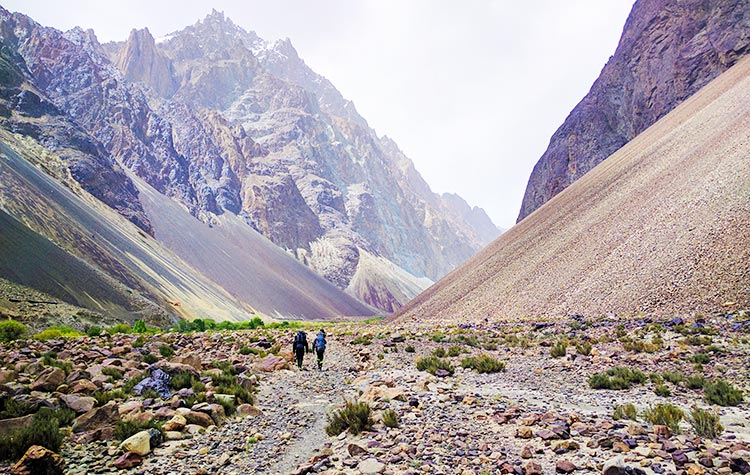
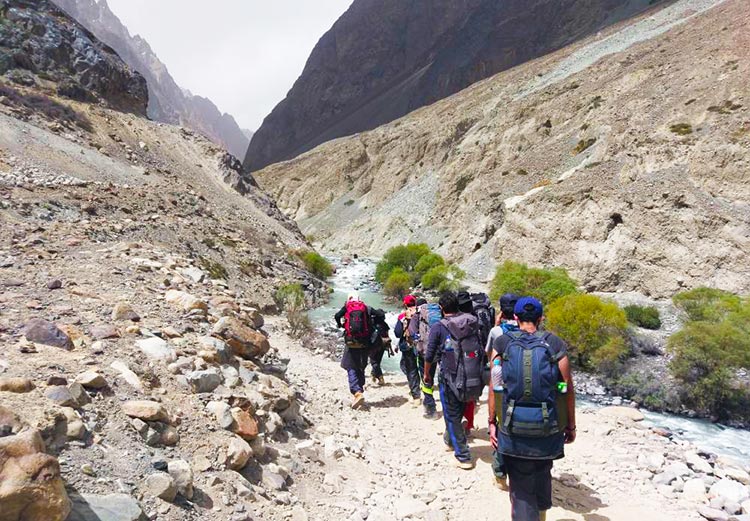
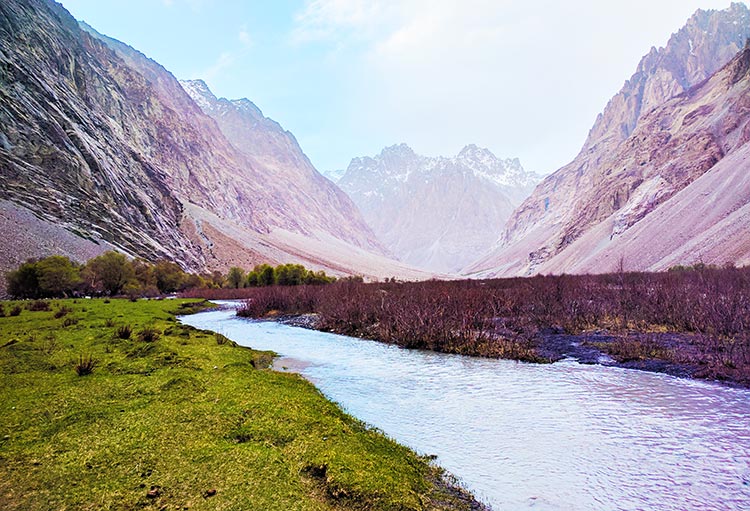
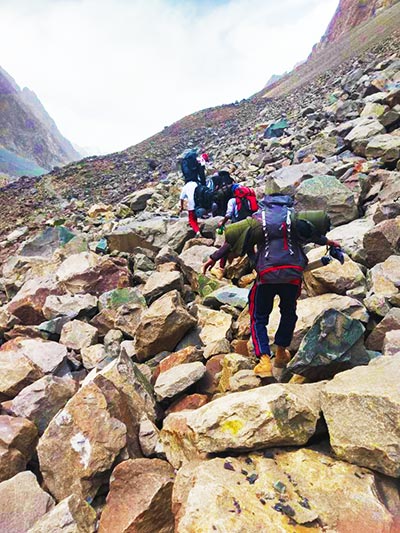
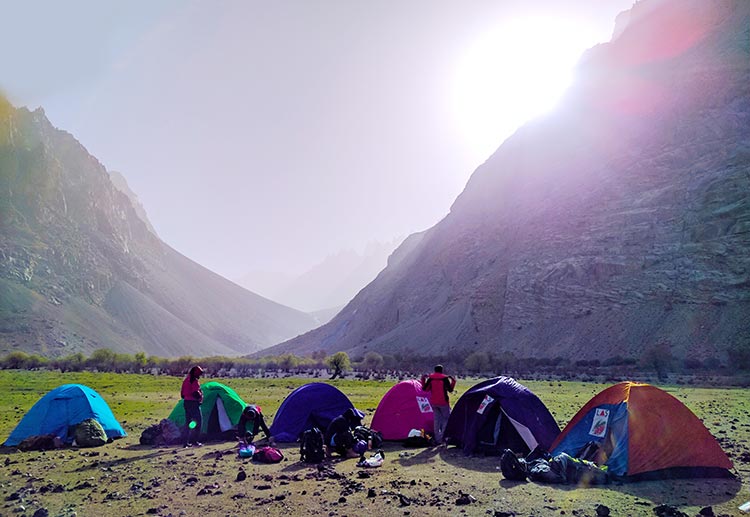
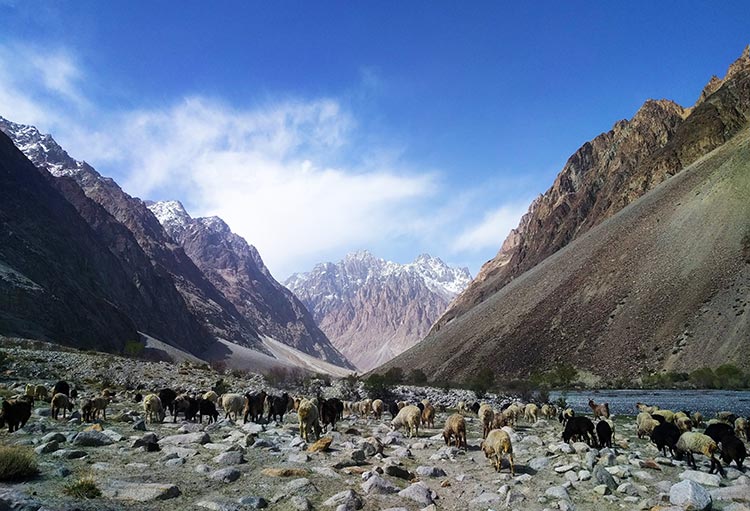
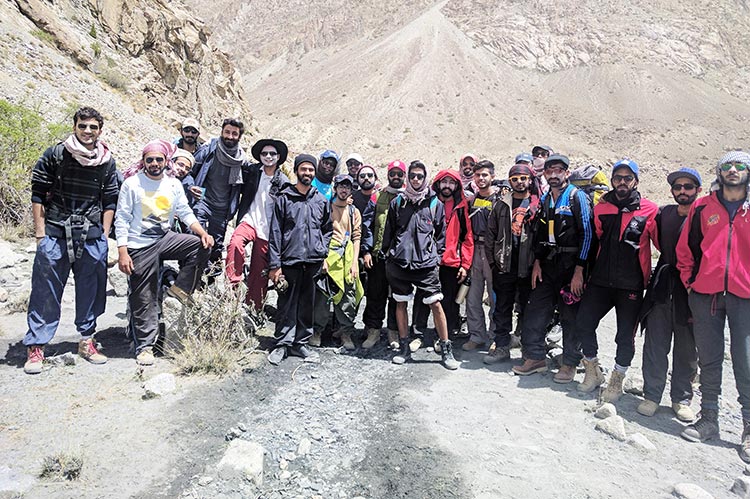






0 comments: